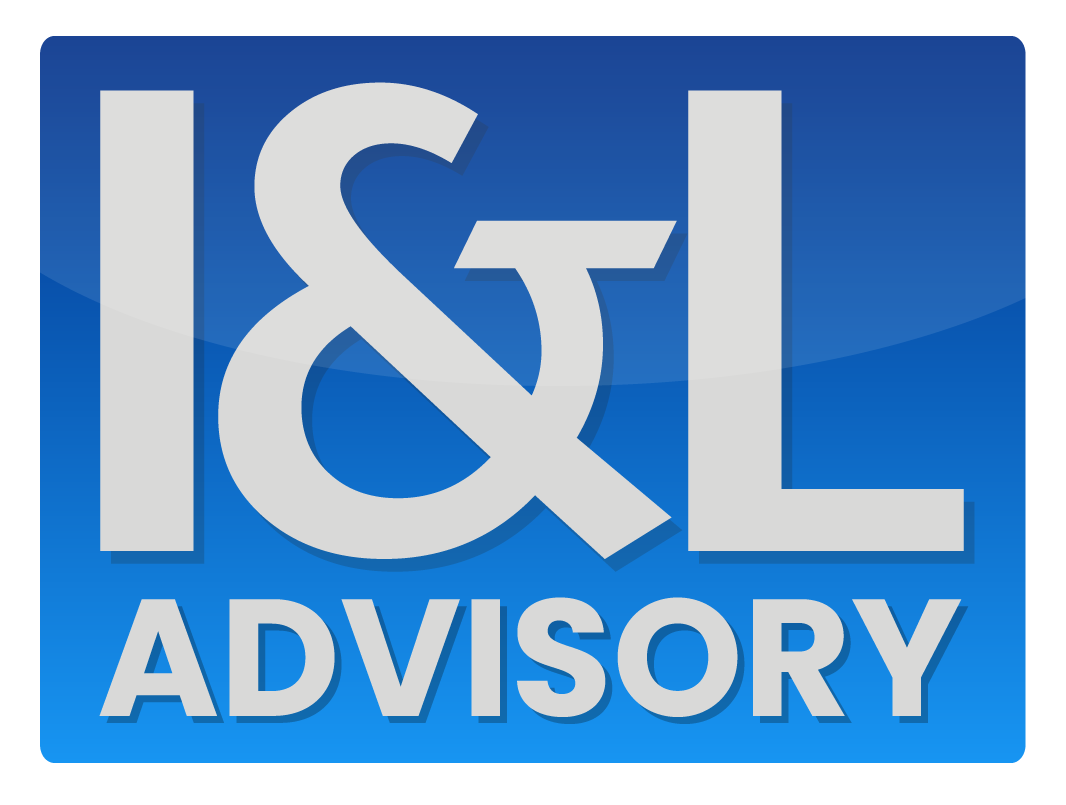Why This Battle Matters
When a company goes under, one of the first things a liquidator or administrator does is follow the money. And what they’re looking for, more often than not, is how directors paid themselves.
Here’s the problem. What you thought was a harmless dividend or a short-term loan can come back with a very different label attached. One director’s “drawings” can suddenly become an overdrawn loan account. Another’s carefully declared dividend might be rebranded as unlawful.
The classification isn’t a detail. It decides whether you face a debt claim, a clawback, or even disqualification.
The Director Loan Angle
A director loan crops up when money comes out of the business but isn’t logged as salary, expenses, or a legitimate dividend.
It’s common in small firms:
- Cash advances taken with the idea of squaring up later
- The company card covering both business and personal items
- Informal “drawings” that never get reconciled
On the balance sheet, these end up in the director loan account. In insolvency, they’re treated as a debt owed back to the company. Under the Insolvency Act 1986, liquidators are duty-bound to chase that debt, even if it drives the director into personal bankruptcy.
The Dividend Trap
Dividends sound safe. After all, they’re a normal way for directors to extract profit. But under Companies Act 2006, section 830, dividends can only be paid from distributable profits. No profits, no dividend.
That’s where many directors stumble. They pay themselves based on management accounts that look positive, or they rely on “anticipated profits” that never arrive. When the final numbers show accumulated losses, those dividends were never lawful.
In liquidation, they become unlawful distributions, repayable in full, no matter what you called them at the time.
How Liquidators Really Play It
Liquidators don’t care about what you meant. They care about which angle gets money back into the pot for creditors.
- If your accounts show a loan account, they’ll frame it as a debt.
- If you filed dividends with Companies House or HMRC but the profits weren’t there, they’ll call them unlawful dividends.
- And if challenged, they can switch lanes mid-process. A loan claim can morph into a dividend clawback and vice versa. Same money. Different label. Same demand.
This is not a game of definitions. It’s a strategy to maximise recovery, and the director is always the target.
Why It Matters Which Box You End Up In
The consequences differ:
- Loan (ODLA): Treated as a straight debt. Easy to enforce. Can tip a director into personal bankruptcy.
- Unlawful Dividend: Treated as a breach of company law. Repayable on strict liability under section 830 CA 2006. Can also trigger tax headaches if HMRC decides it was disguised remuneration.
- Both Categories: Frequently appear in Insolvency Service disqualification reports. Excessive loans or unlawful dividends are red flags for unfit conduct.
HMRC’s Double Interest
For HMRC, these classifications aren’t just labels. They’re opportunities.
- Loans left unpaid can trigger the Section 455 CTA 2010 tax charge of 32.5%.
- Loan write-offs may be reclassified as income, hitting directors with PAYE and NIC liabilities.
- Unlawful dividends reported on self-assessment may be disallowed, leaving directors with extra tax to pay.
- If HMRC thinks withdrawals were really disguised pay, they may reopen prior years.
In short: whichever route the liquidator chooses, HMRC is waiting in the wings.
Do Directors Have Any Defences?
Yes. Directors are not powerless. Some common strategies include:
- Good faith defence on dividends. If declared on reasonably prepared accounts, directors may argue they acted lawfully at the time.
- Reclassification as remuneration. Withdrawals may be treated as unpaid salary, reducing or eliminating a loan balance.
- Offsets. Directors who put personal money in or covered business expenses can argue to offset against alleged debts.
- Challenging inaccuracies. Poor bookkeeping, duplicated entries, or unreconciled transactions often inflate balances.
Case Studies
In 2021, directors of a property company paid themselves £120,000 in dividends despite running accumulated losses. The liquidator clawed the money back as unlawful distributions under section 830 CA 2006.
In another case, a director withdrew £40,000 without declaring dividends. The liquidator pursued it as a debt in the loan account. When challenged, they threatened to reframe it as unlawful dividends instead. The director paid under pressure.
Different approaches. Same outcome. Personal liability.
For directors of failed companies, the line between a dividend and a loan isn’t just technical accounting. It’s the difference between a debt claim, an unlawful distribution, and potential disqualification.
Liquidators will always choose the angle that makes recovery easier. HMRC will happily add a tax charge on top. And directors who thought they were drawing income safely can find themselves in serious personal jeopardy.
At IL Advisory, we help directors navigate this grey area, challenge unfair classifications, and protect themselves from unnecessary exposure.
Facing Claims Over Loans or Dividends?
We help directors:
- Analyse whether withdrawals are loans or unlawful dividends
- Challenge inflated or reclassified demands
- Respond effectively to liquidators and HMRC
- Minimise risk of personal liability or disqualification
Call 020 7692 8456
Email info@iladvisory.co.uk
IL Advisory: Supporting Directors Through Insolvency with Clarity and Strategy
